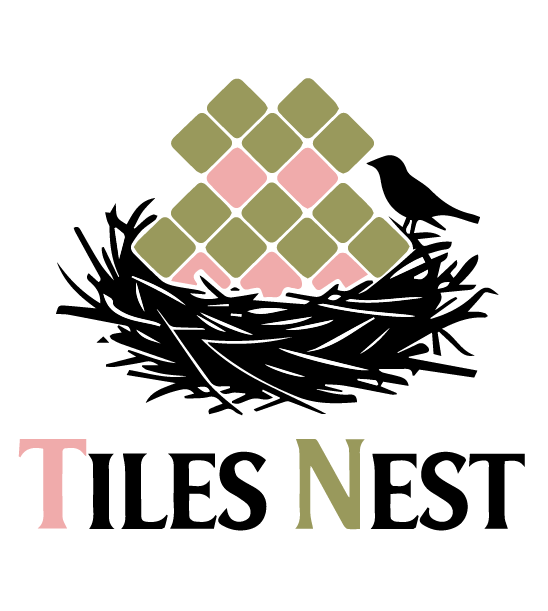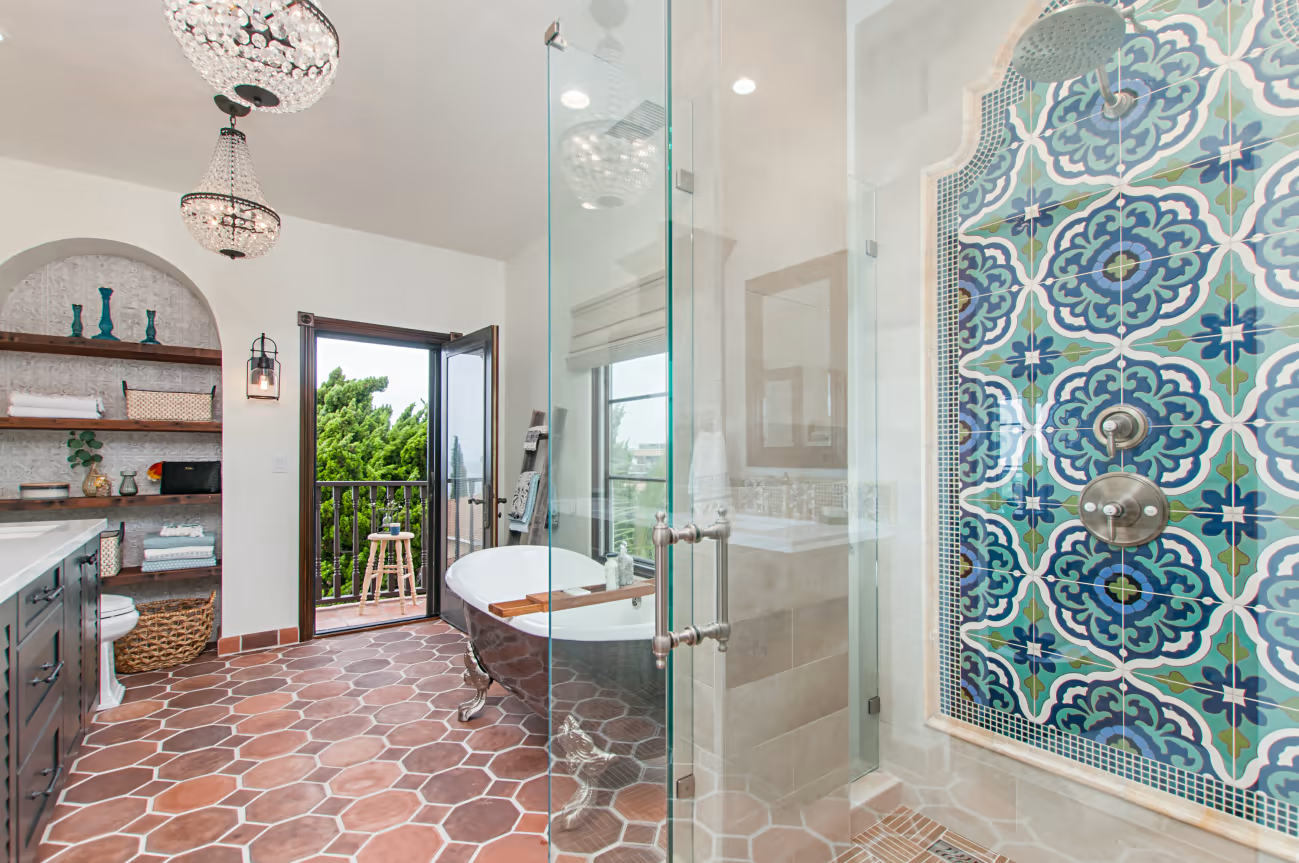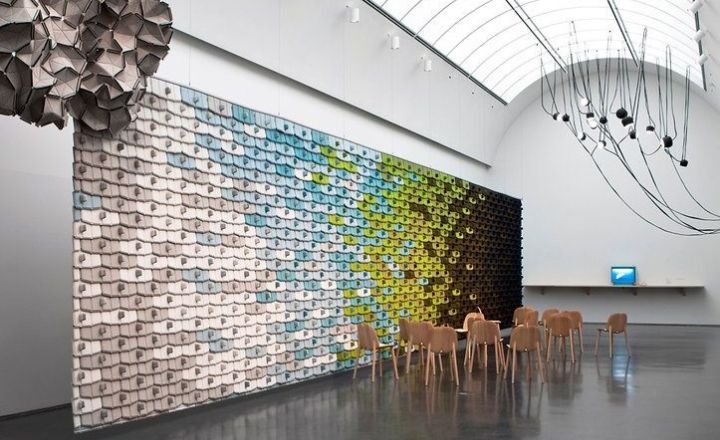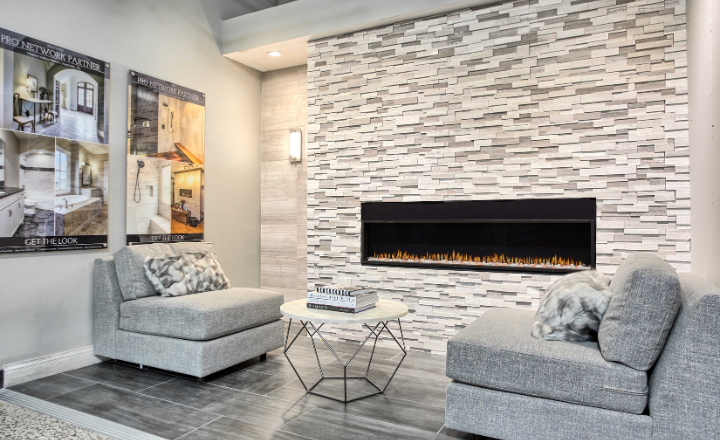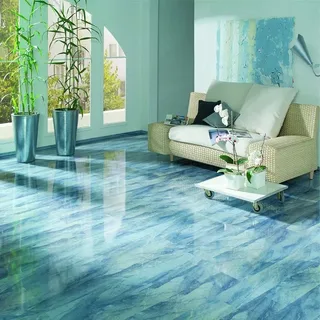Elevate Your Space with Stunning Floor Tile Patterns and Tile Design Patterns
Floor tile patterns are a powerful tool in interior design and can change any area from ordinary to amazing. Many homeowners don’t realize the impact of cool floor tile patterns. A thoughtfully chosen tile pattern can create a sense of flow and balance throughout the room. If you want to rebuild your living room, bathroom, or kitchen, killer tile patterns can make your dream room a reality. Picking the right design is important if you want everything to flow together and look stylish. This article will explain why choosing the right tile design is significant and how thoughtful tile choices can redefine your home.
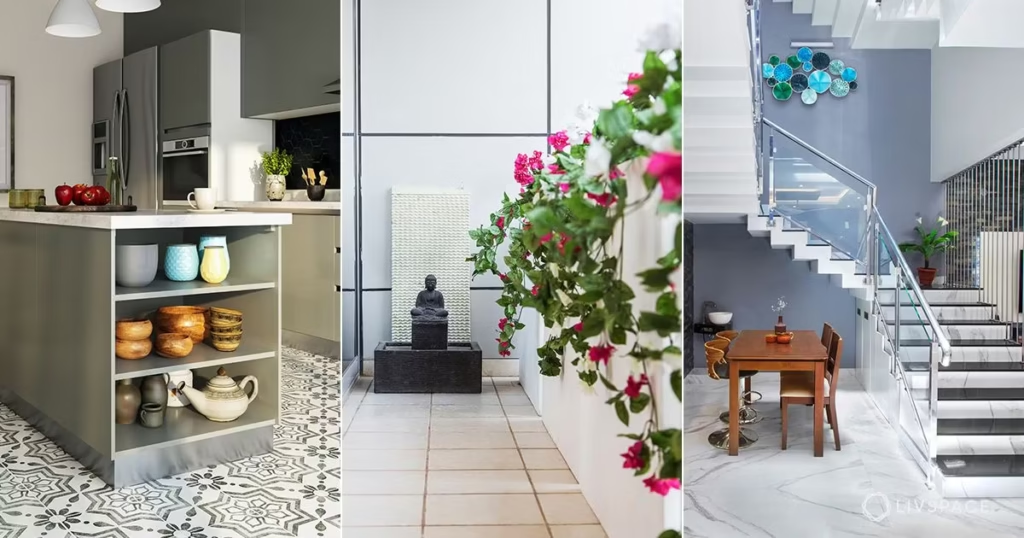
Why tile patterns are important
Tile patterns are important for the overall design of space. The arrangement of tiles can change the look of small and big rooms and highlight certain areas like the kitchen, bathroom, shower, and living rooms. Pattern layout can hide irregularities in the wall, floor, and reduce waste by using tiles carefully. Future tile patterns will integrate with lighting and sensor technologies to create different moods in a room. Tiles patterns are important due to their shape and how space feels and looks.
Popular floor tile patterns
The world of floor tile patterns is rich with creativity and offers countless options to express your unique taste. This article will guide you through some popular tile patterns trending today, revealing how they can impact both attraction and functionality in your home.
Herringbone pattern
The herringbone pattern is a classic and timeless element to add sophistication in any space. It is a rectangular tiles layout laid in a zigzag pattern of “V” shape that favors a fishbone. Eco-conscious builders are now pairing recycled clay, concrete, or glass tiles with the herringbone pattern to mix modern responsibility with timeless elegance. This pattern raises a sense of history and art originating from ancient Roman roads that are produced with modern taste.
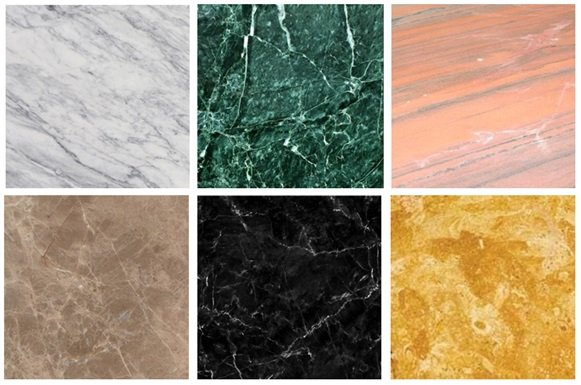
Chevron specimen
Chevron samples are made with tiles cut at an angle (usually 45 degrees at the end). They form a perfect V shape, having a smooth and straight line without overlapping. Creates a more continuous and flowing zigzag. The herringbone-shaped chevron pattern has bars arranged in the shape of a V. But unlike a herringbone, the ends of the bars are trimmed into a simple, continuous zigzag. Chevron tile design patterns are ideal for creating a sense of movement and energy in the space, making them perfect for kitchens and hallways.
Metro systems
Brick pattern floor tile is arranged in a rectangular shape and a classic staggered layout. These tiles are traditional brickwork with a robust surface that withstands heavy foot traffic. The Uses of brick pattern floor tiles extend from cozy kitchens to bustling entryways, offering a warm, inviting feel in any setting. It is slip-resistant and can complement diverse interior styles from rustic to contemporary. These tiles can be integrated into any design scheme.
Hexagon pattern
The hexagon pattern can be arranged in a variety of ways, which creates an innovative layout of timeless and modern patterns. It offers both versatility and creativity to designers and homeowners. This geometric shape uses square or rectangular tiles, which is an excellent choice for high-traffic areas.
Basket-weaving pattern
Basket-weave is a complex pattern of rectangular or subway tiles. It is a series of layouts and patterns that help create a basket weave in your smart space. You can use any tile color, design, or texture, including ceramic, porcelain, stone, or marble. To get this effect right, choose a tile with a rectified edge that enables you to utilize a 1mm grout width. You can always experiment with colors, cabinets, and countertops to make your basket weave design more prominent.
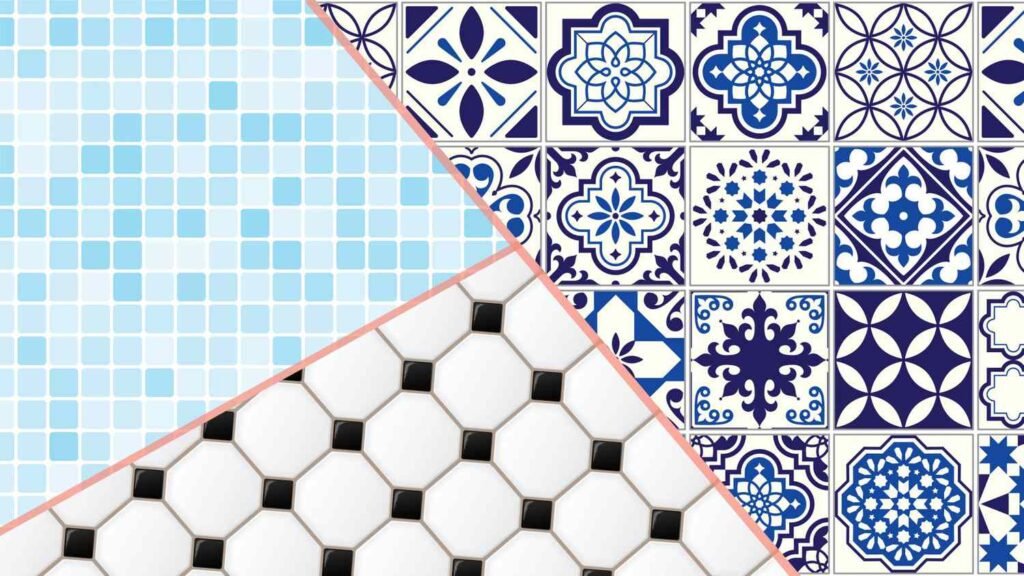
Choosing the Right Tile Patterns
When choosing a tile pattern for your floor, consider the following factors to ensure you make the best choice.
Room size and shape
Choose the tiles layout pattern according to the size and shape of a room. You can use diagonal or herringbone patterns in smaller spaces to create an area that feels more expansive. Conversely, larger rooms can benefit from Grid or Straight Layout, Modular or Versailles Pattern, Basket Weave, bold and linear layouts that provide structure and flow, helping to define distinct areas within an open-concept space. For narrow halls, you can use a horizontal and vertical pattern that visually widens the hallways and gallery kitchen, making low ceilings feel taller in bathrooms or entryways. Making an irregular and usually shaped room can use a diagonal and bordered layout to make space intentional.
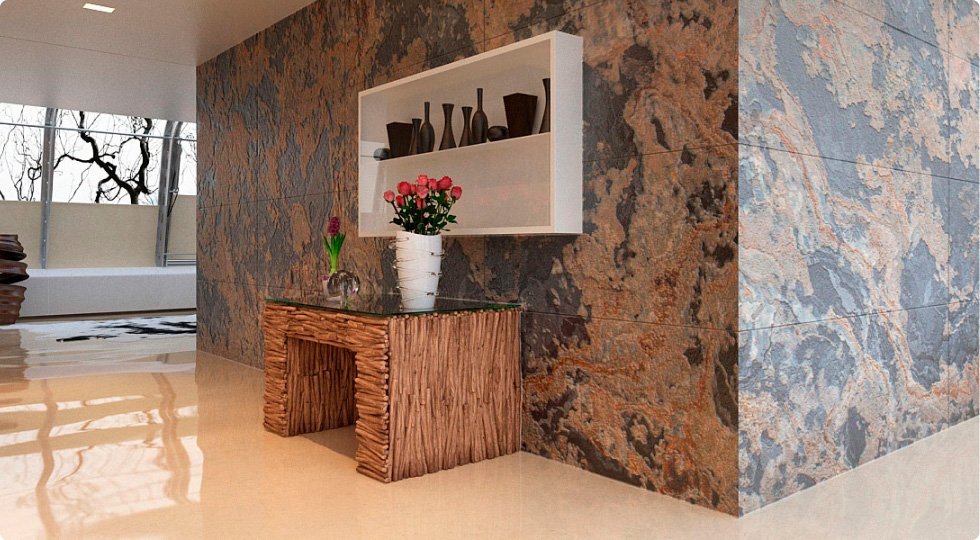
Style and subject matter
Choosing a tile layout that matches the style and theme of a room creates a cohesive design. Modern spaces work well with clean grid or straight lay patterns for a sleek, minimal look. Rustic or vintage rooms can use herringbone, basket weave, or modular designs for added texture. Luxurious interiors shine with diagonal or Versailles layouts for elegance and depth. Playful or creative spaces can use random or colorful patterns to add energy and personality.
Color and texture
The choice of color and texture adds a complement to your style. You can choose soft pastel shades that can create calm in a bathroom. In contrast, deep blues or rich reds can energize an area. Texture adds another layer of depth. A glossy finish can amplify light, making a small room feel more expansive, while matte surfaces offer a cozy, tactile quality that invites touch and engagement. By thoughtfully blending color and texture, you can create harmonious environments by mixing the colors and textures of tiles.
Practical considerations
The tiles aspect ratio can significantly impact the perception of room size and light, and provide a practical solution to any space challenge. You can use larger tiles to create an illusion of largeness in smaller areas. Conversely, smaller tiles may be better suited for modern designs in larger rooms. Different materials offer varying levels of resistance to wear and moisture, impacting long-term maintenance. Porcelain tiles are renowned for their toughness and versatility, while natural stone can provide a unique elegance. Slip resistance is essential in high-traffic areas or wet environments.

What is the best installation plan for floorboards?
These designs should be considered to achieve different effects when laying floorboards.
Straight Lay tile Pattern:
The Straight Lay Pattern is celebrated for its simplicity and versatility. This method involves laying boards parallel to each other linearly to create a clean and uniform look. The straightforward alignment of the boards can make a smaller area appear larger, an invaluable trick in home design. This layout is adaptable to various design styles to refresh the interiors.
Diagonal Layout
A diagonal layout sets square tiles at a 45-degree angle to the walls instead of aligning them straight. You need skilled labour and time for cutting tiles along edges, which increases material needs; proper, careful planning and measurement for diagonal installation are mandatory.
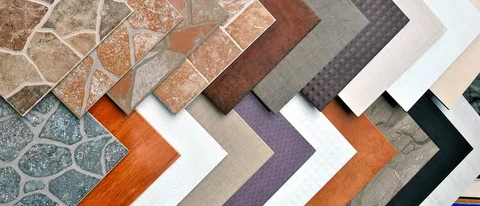
Fading colors:
Fading colors in interior design can create a mesmerizing visual journey, drawing the eye upward and transforming the perception of space. By employing darker-colored tiles in the lower part of the room, you establish a strong foundation, providing a sense of stability. This clever use of color not only enhances the feeling of depth but also creates an illusion of greater ceiling height as the eye is guided to the lighter shades above.
Fading colors directly affect the look and style of any space. Light shades maintain brightness, and dark colors absorb heat. You can maintain your space by regularly cleaning it with the product and applying a fresh coat of finish. These strategies will elevate your space and safeguard your investment in beautiful flooring.
What size tiles should I use?
The right tile size is crucial for both functionality and design, yet many homeowners overlook this essential detail. Here we discuss various tile sizes available, their best applications, and how to make the perfect choice for your project.
Large curtains (12×12 or larger)
This visually makes a small area appear more expansive. The fewer grout lines present with large tiles minimize visual clutter, allowing for a clean and modern finish that draws the eye upward, particularly effective in rooms with high ceilings or large windows adorned with large curtains.
Intermediate tiles
Their size, 6×6 inches to 12×24 inches, allows for a creative layout in your bathroom and kitchen. You can arrange in a herringbone or grid pattern without cluttering the visual field. In larger spaces, these tiles can act as a transitional element in large spaces.
Small mosaic tiles
Mosaic tiles 4×4 inches offer intricate design and greater flexibility in layout and patterns. They can easily fit into tight corners and around curves showers, backsplashes, and even accent walls. This adaptability means you can create stunning visual effects that larger tiles simply can’t achieve.
conclusion
In conclusion, Tile patterns are a powerful design tool that can elevate the look and feel of any space. By exploring different floor tile designs and tile layout patterns, you can find the perfect design to suit your style and needs. Popular designs vary from classic herringbone to contemporary geometric patterns, each serving a unique purpose in interior design. Understanding the importance of tile size with the area can significantly impact the overall look and feel of your environment. Proper installation not only looks great but also stands the test of time. So, take your time to choose wisely and transform your space into a stunning masterpiece.
FAQs
1. What are the most popular floor tile patterns?
Popular floor tile patterns include herringbone, chevron, basketweave, and grid patterns. Each offers a unique aesthetic and can enhance the overall design of a space.
2. Why is choosing the right tile pattern important?
Choosing the right tile pattern can significantly impact the visual appeal and functionality of a space. It can influence how large or cozy a room feels and can help create focal points or flow in design.
3. How do I choose the right tile pattern for my space?
Consider factors like room size, lighting, and existing decor. For smaller spaces, simpler patterns may work best, while larger areas can accommodate more intricate designs.
4. What are some tips for the best installation of tiles?
Ensure the surface is clean and level before installation, use quality adhesive, and allow adequate drying time. Following manufacturer instructions and using professional help when needed can also enhance results.
5. What tile sizes are best for different spaces?
For smaller rooms like bathrooms, smaller tiles (e.g., 12×12 inches) can create a spacious feel, while larger tiles (e.g., 24×24 inches) work well in bigger areas like living rooms or open-concept spaces.
6. Can I mix different tile patterns in one space?
Yes, mixing different tile patterns can add interest and character to a room. However, ensure they complement each other and maintain a cohesive color palette for a harmonious look.
7. How do tile patterns affect the perceived size of a room?
Diagonal or large-scale patterns can make a room appear larger, while small or busy patterns may create a cozier feel. The choice of pattern can influence how spacious or intimate a space feels.
8. Are there specific tile patterns recommended for outdoor areas?
Yes, durable and slip-resistant patterns such as staggered or large format tiles are ideal for outdoor areas. Ensure that the tiles are suitable for outdoor use to withstand weather conditions.
